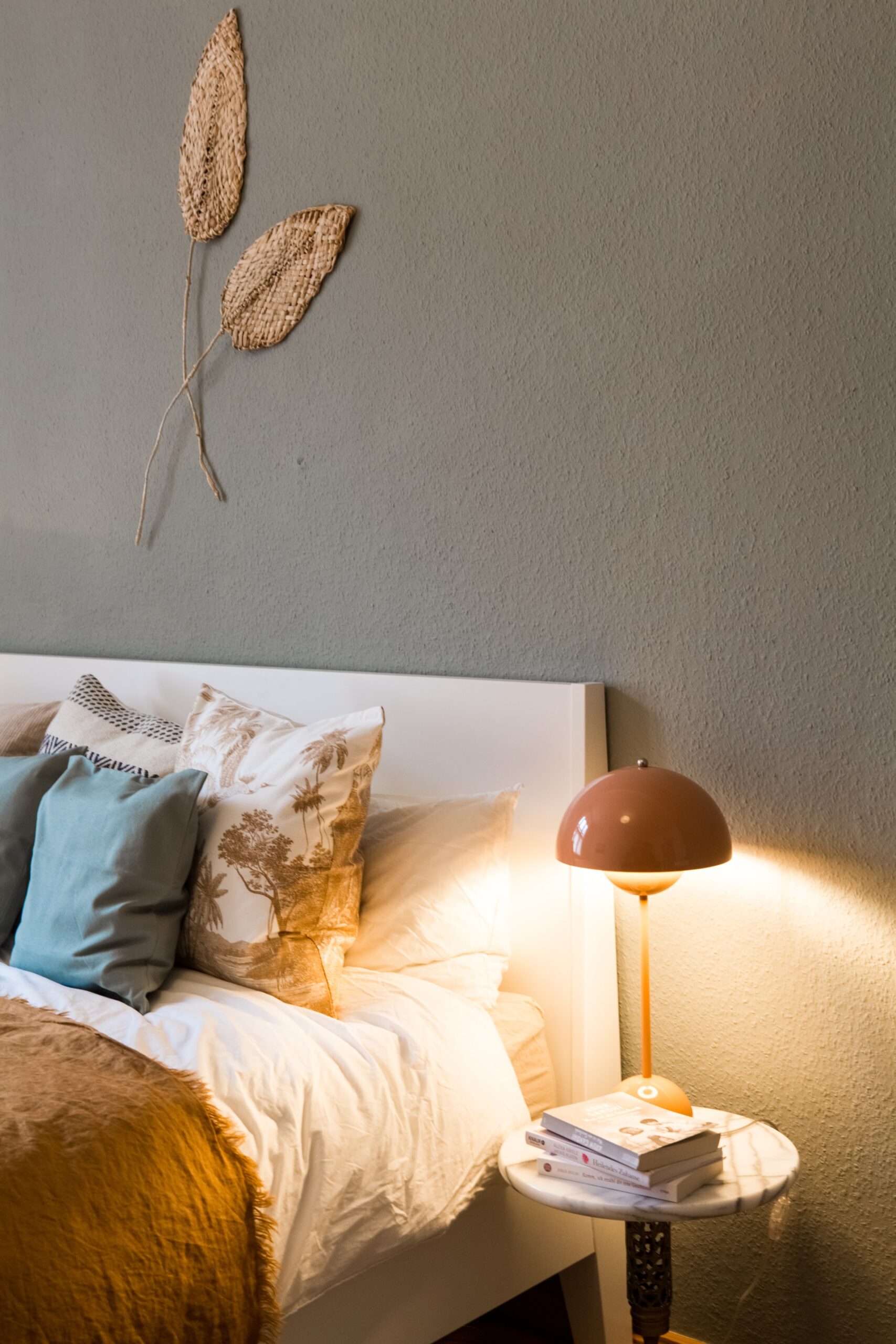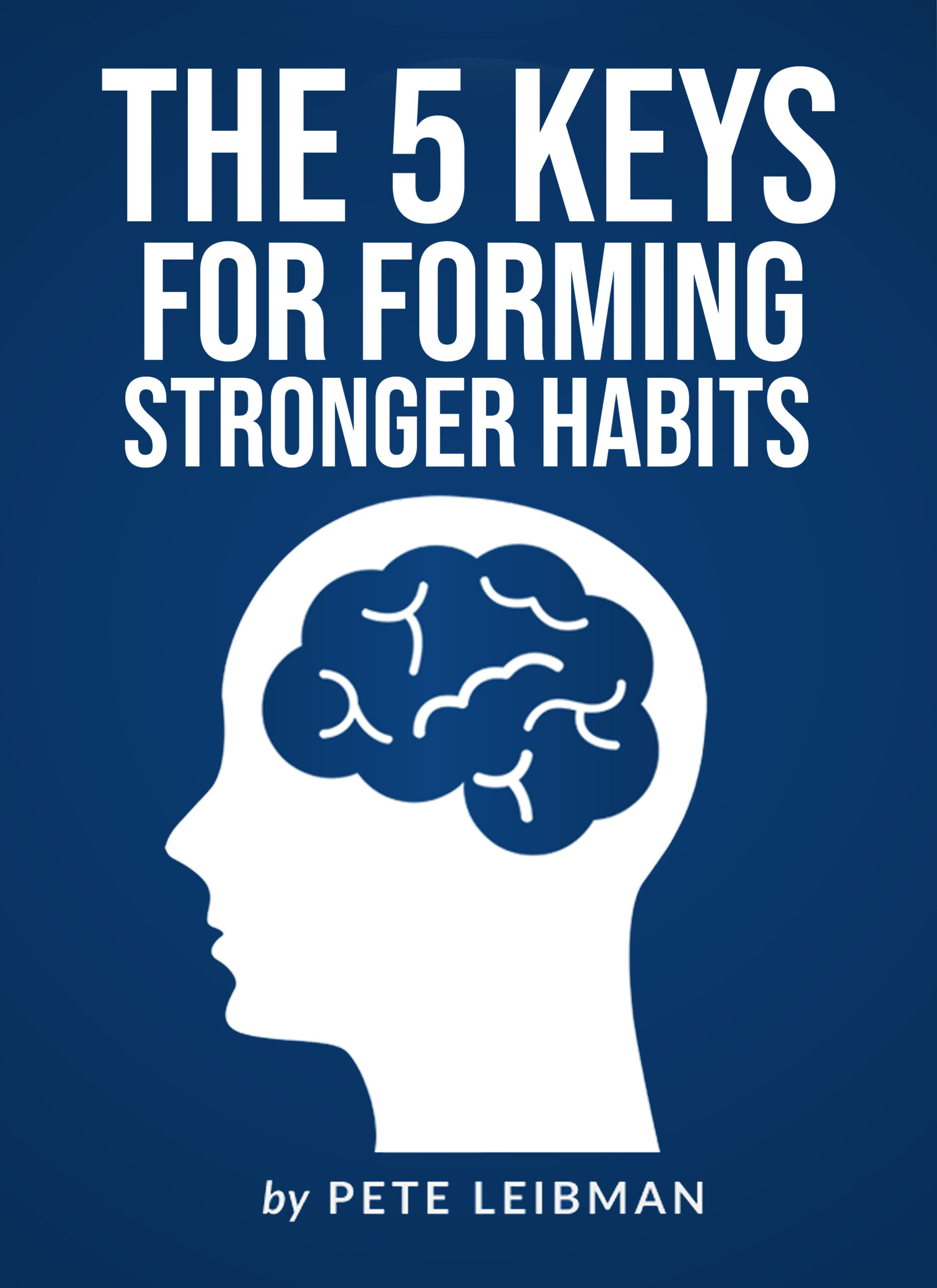
When you were little, did your parents ever read you a bedtime story to help you fall asleep?
My parents did. Hearing them tell or read a bedtime story was one of my favorite ways to end the day as a kid. I would usually fall asleep before they finished the story.
The History of the Bedtime Story
Louise Chandler Moulton coined the term “bedtime story” in her 1873 book titled Bed-time Stories. The nighttime ritual of an adult reading out loud to a child first gained popularity at the end of the nineteenth century. By the middle of the twentieth century, a bedtime story had become a common ritual in many households. 1
There were several factors that contributed to the rise of bedtime stories in the nineteenth and twentieth centuries. These factors include the growth of the picture book industry, an increase in the number of children sleeping in separate bedrooms from their parents, and a growing number of psychologists who encouraged parents to develop bedtime rituals for their children. 2
Using Bedtime Stories as an Adult
Bedtime stories are usually seen as a ritual for helping kids fall asleep. However, they can also help adults fall asleep. Here are three ways to use bedtime stories to fall asleep as an adult.
1. Read a bedtime story to your children.
If you have young children, consider reading them a story before bed. This ritual will provide many benefits for you and your children. It will help your children sleep better, it will create an even deeper emotional bond between you and your children, and it will also help you slow down and relax at the end of the day.
2. Read an inspiring autobiography on your own.
If you do not have children, or you want a soothing activity for your own bedtime ritual, consider reading an inspiring autobiography on your own. This habit is a key part of my bedtime routine. Many of the leaders that I interviewed for Work Stronger also have a similar habit. It’s a great way to relax and slow down your mind at the end of the day.
Stick to physical books at night though. Researchers have found that reading on a device before bed can reduce sleep quality. For example, in a 2014 experiment led by Dr. Anne-Marie Chang of Penn State University, researchers found that people who read on an iPad before bedtime took longer to fall asleep. Their sleep quality was also lower than those who read physical books in a dimly lit room. 3
Be mindful about what you read as well. Many people find non-fiction business books or political content too stimulating at the end of the day. At night, you typically want to read fiction or light, inspiring non-fiction.
3. Listen to a peaceful audiobook or bedtime story.
Another option is to have someone else read you a bedtime story. It helps children fall asleep, and it can help you, too.
You could listen to an audiobook. Or, you could purchase a subscription to Calm, a sleep and meditation app that features Sleep Stories, which includes original stories and public domain fiction read by celebrity narrators, such as Kate Winslet, Matthew McConaughey, Lebron James, and others.
Summary and Final Thoughts
Bedtime stories are usually seen as a ritual for helping kids fall asleep. However, they can also help adults fall asleep. Here are three ways to use bedtime stories to fall asleep as an adult:
- Read a bedtime story to your children.
- Read an inspiring autobiography on your own.
- Listen to a peaceful audiobook or bedtime story.
I read more than 20 inspiring autobiographies each year by reading for 15-30 minutes before bed each night. Reading before bed is one of my favorite rituals. Give it a try some time. Sweet dreams!
References
- https://en.wikipedia.org/wiki/Bedtime_story
- Ibid.
- “PNAS study: using iPad before bed has major impact on sleep,” f.lux, accessed on August 22, 2017, https://justgetflux.com/news/2014/12/22/study.html; Anne-Marie Chang et al., “Evening use of light-emitting eReaders negatively affects sleep, circadian timing, and next-morning alertness,” Proceedings of the National Academy of Sciences 112, no. 4 (January 2015): 1232-1237, http://www.pnas.org/content/112/4/1232.full.pdf.
P.S. If you enjoyed this article, check out my free 40-page eBook and newsletter below.

Free eBook and Newsletter
Download my free 40-page eBook on “The 5 Keys for Forming Stronger Habits.”
You’ll also receive my free weekly newsletter on how to become your strongest self.
Your email is safe. Unsubscribe anytime.
About the author: Pete Leibman is the Creator of StrongerHabits.com. He is a best-selling author, keynote speaker, executive recruiter, athlete, and peak performance coach. His work has been featured on Fox News, CBS Radio, and CNNMoney.com, and over 500,000 people across the world have read his articles.

